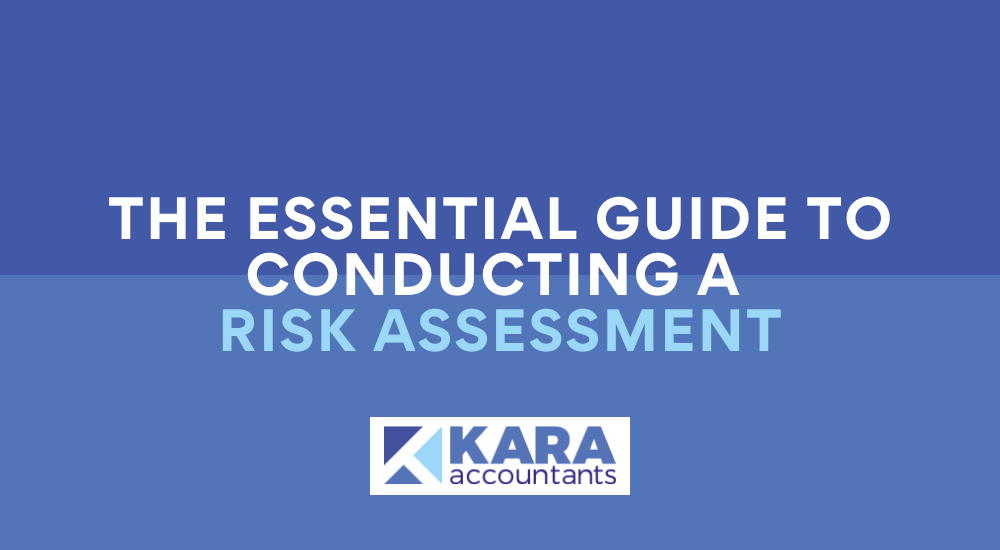
The Essential Guide to Conducting a Risk Assessment
Risk assessment is a crucial practice for any organisation aiming to safeguard its assets, people, and reputation. By systematically identifying and evaluating potential risks, businesses can implement measures to mitigate them, ensuring operational continuity and resilience. Whether you’re a seasoned risk manager or a small business owner, understanding how to conduct an effective risk assessment is invaluable. This guide will walk you through the essential steps and best practices.
What is a Risk Assessment?
A risk assessment is a process used to identify, evaluate, and prioritise risks to the health, safety, and operation of an organisation. The goal is to determine which risks pose the greatest threat and to develop strategies to manage or mitigate them. Risk assessments can be applied in various contexts, including workplace safety, project management, information security, and more.
Why Conduct a Risk Assessment?
- Prevent Incidents: Identifying potential hazards before they result in incidents can prevent injuries, financial losses, and reputational damage.
- Compliance: Many industries are subject to regulations that require regular risk assessments to ensure safety and compliance.
- Resource Allocation: Understanding the most significant risks allows for better allocation of resources to manage these risks effectively.
- Improved Decision Making: Risk assessments provide valuable data that inform strategic planning and decision-making processes.
Steps to Conduct a Risk Assessment
1. Identify the Hazards
The first step is to identify potential hazards that could cause harm. This can involve:
- Inspections: Regularly inspect the workplace or operational environment.
- Consultation: Engage employees, stakeholders, and experts to gather insights on potential risks.
- Documentation Review: Examine past incident reports, safety data sheets, and industry-specific guidelines.
2. Determine Who Might Be Harmed and How
Understand who could be affected by the identified hazards and in what way. This includes:
- Employees: Different roles may face different risks.
- Customers: Consider risks to customers or clients who interact with your operations.
- Suppliers/Contractors: External parties working on-site may also be at risk.
- Public: In some cases, the general public could be affected.
3. Evaluate the Risks and Decide on Precautions
Assess the likelihood and severity of each risk. This can be done qualitatively or quantitatively. For each risk:
- Likelihood: How likely is the risk to occur?
- Impact: What would be the consequences if it does occur?
- Risk Rating: Combine the likelihood and impact to rate the overall risk.
Once evaluated, determine appropriate control measures to mitigate the risks. These measures can include:
- Elimination: Remove the hazard entirely.
- Substitution: Replace the hazard with a less dangerous option.
- Engineering Controls: Implement physical changes to reduce risk (e.g., safety guards).
- Administrative Controls: Change procedures or provide training.
- Personal Protective Equipment (PPE): Equip workers with necessary protective gear.
4. Record Your Findings
Document the risk assessment process, including:
- Identified Hazards: Detailed list of all identified risks.
- Affected Parties: Who is at risk and how.
- Risk Evaluation: Likelihood and impact ratings.
- Control Measures: Actions taken to mitigate risks.
- Review Date: When the assessment will be reviewed and updated.
5. Implement Control Measures
Put the planned control measures into action. Ensure that:
- Training: Employees and relevant parties are trained on new procedures or equipment.
- Communication: Clearly communicate the changes and expectations.
- Monitoring: Regularly check that the control measures are effective and adhered to.
6. Review and Update
Risk assessments are not a one-time task. Regularly review and update your assessment to account for:
- Changes in Operations: New equipment, processes, or personnel.
- Incident Reports: New incidents or near misses that reveal previously unidentified risks.
- Legislation Updates: Changes in legal requirements or industry standards.
Best Practices for Risk Assessment
- Involve Everyone: Engage employees at all levels for a comprehensive understanding of potential risks.
- Stay Informed: Keep abreast of industry developments and emerging risks.
- Be Proactive: Regularly update risk assessments, rather than waiting for incidents to occur.
- Use Technology: Utilise software and tools to streamline the risk assessment process and data management.
- Foster a Safety Culture: Encourage a culture where safety and risk management are integral to everyday operations.
Conducting a thorough risk assessment is a foundational practice for any organisation committed to maintaining a safe and secure environment. Remember, a proactive approach to risk management is always better than a reactive one. Stay vigilant, stay informed, and prioritise safety in every aspect of your operations.

This Post Has 0 Comments